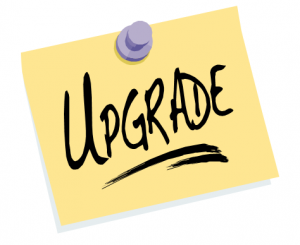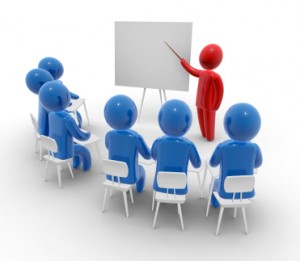You are the owner of a company or you are in charge of its operations, and you are concerned as to the performance of your employees. You see that they are doing their jobs just as you would expect them to, but you feel that they need a little more inspiration and drive in their work. So you set out and search for ways to train and motivate your employees so that they can perform at above-average to even superlative levels. You have this with the future success of your company in mind; of course, any well-meaning leader will always consider the welfare of his subordinates as well. For these reasons, the Training Needs Assessment (TNA) method is an indispensable and fundamental method of training and enhancing the skills and competencies of your workers.
Training Needs Assessment, for it to succeed, should form part of an important though challenging portion of the task that is normally allotted to training specialists and managers within the business or organization. It calls for a fully-conceptualized and –realized training framework that should be conducted at least once a year from the lowest (group, section, or department) to the highest (company-wide or organizational) levels. Indeed, TNA can be conducted occasionally but it does call for intensive preparation and documentation, making it far more challenging than what it appears to be.
For you to properly conduct a Training Needs Assessment process, you should follow these five basic steps:
- Decide on the TNA’s proper context and plan accordingly. Its goals should depend on the area to which you should apply the TNA to. The TNA should also address the business framework of its target group within the company and it should then be made accessible to everyone, particularly to those at the higher echelons of the company. This framework should list down your company’s aims and intentions; it would be better if each group and section within your company has their own set goals and objectives which they will strive to work hard for.
- Determine the Skill Sets, Psychological Attitudes, Areas of Expertise and Knowledge, and Skills that are needed to be addressed and enhanced. The important thing to realize here is that you are aiming to build upon the particular business section and not on the personal attributes of those who compose that section. This work should be assigned to those who lead that business section; at this stage, the training manager is there only to manage the proceedings.
- Bring down the focus from the Business Group position to the responsibilities of those employees who make up that unit. Set out the particular roles and duties that can be filled out and accomplished by each and every employee that composes that business unit or group according to their skills sets, attitudes, mindsets, and knowledge.
- Evaluate the present status of the skill sets, knowledge, attitudes, and behavioral attributes of your employees. Each of them should undergo a thorough assessment to determine what roles and capabilities they will be able to do well. When you find breaks in your employees’ capabilities and the roles in which they are supposed to play, specialized training should be done to help mediate those gaps.
- Collect all the data that you have garnered from the fourth step. By this time, you should have decided on the type of training or instruction that your employees or units would need for them to properly accomplish the goals that is set for them. This completes the Training Needs Assessment process.
Keep in mind that the TNA method does not end at one occurrence alone. It should be a continuous process that builds up on the previous findings that were collected from the previous TNAs. This way, you can be assured of reaching your company’s set aims and constantly updating on them to suit your company’s changing needs.
Track your career path and training needs with www.sains2u.com










